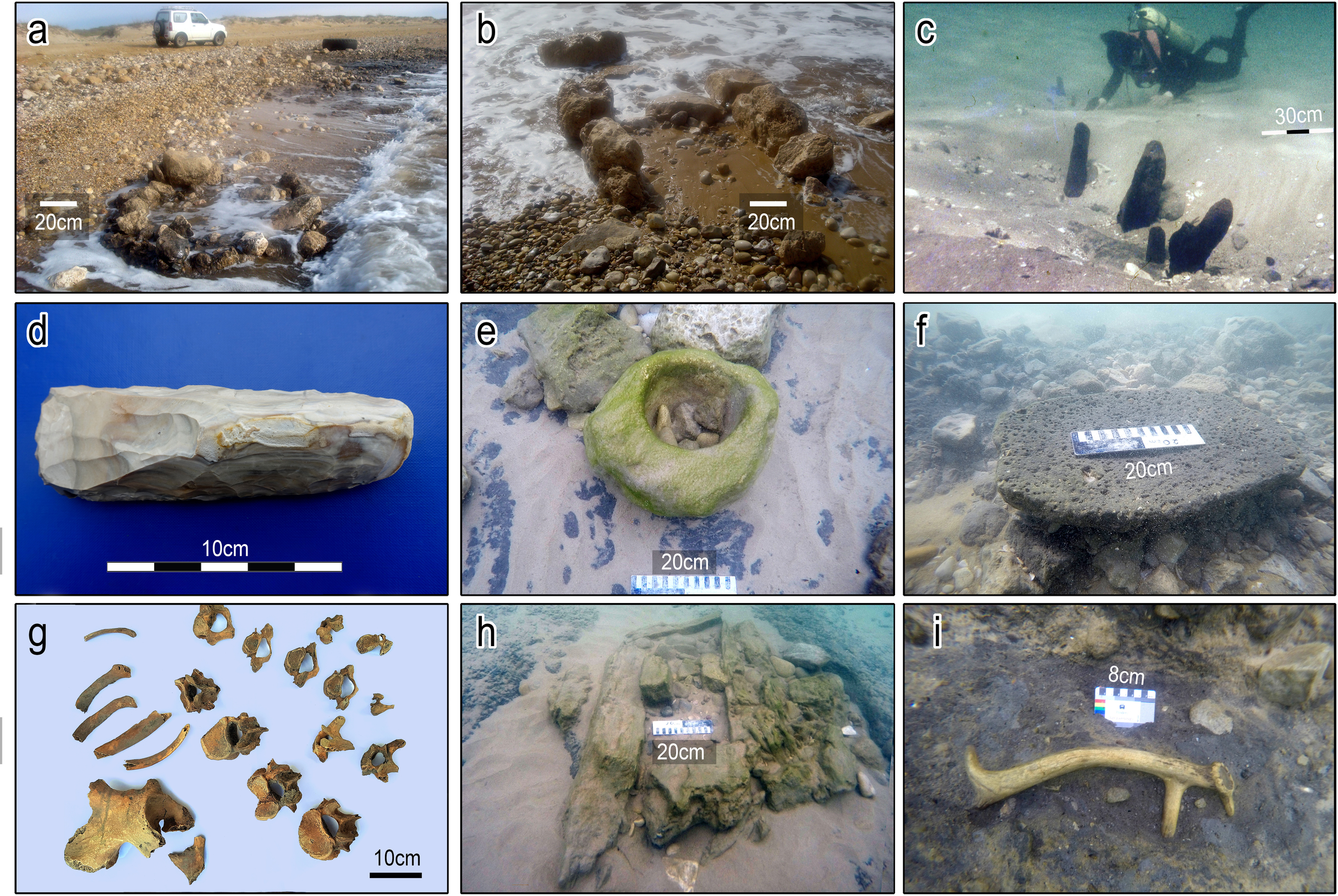Ancient Humans Tried to Defend Against Rising Seas. They Failed
Credit to Author: Maddie Bender| Date: Wed, 18 Dec 2019 21:10:06 +0000
I’ve always wondered how ancient civilizations measured things without precise tools or, y’know, empirical science. In my favorite letter of Seneca’s, the famous philosopher requests that his friend climb Mount Etna to see if the rumors are true that the mountain is shrinking (plot twist, it actually is). Other natural phenomena, like sea-level rise and temperature change, must have been similarly difficult to measure.
7,000 years ago, however, the Earth was exiting from a period of global cooling, causing the sea level in the Mediterranean to increase by 4–7 mm each year. This kind of change would have been perceptible, especially to people living on the coast.
Now, archeologists have found evidence that a Neolithic settlement off the Carmel Coast in Israel did notice, and tried in vain to protect themselves by building a coastal wall. The archeologists published their discovery on Wednesday in the journal PLOS ONE.
“We don't have any documents because in those days, there was no writing, but we have a silent evidence of these communities and these societies that lived on the coastline, and today, they're under the sea,” said Ehud Galili, the first author of the study.
The wall, part of an underwater archeological site first discovered in the 1960s, is now the oldest man-made coastal barrier on record. To Galili, the structure demonstrates that the Tel Hreiz archeological site was capable of adapting to a problem that many coastal areas face, even though they ultimately failed.
“They were resilient enough to make a risk assessment of the situation and to realize that something is going on and they have to do something about it,” he said.
He added that the barrier may have worked for the settlers for a couple of decades, but the sea level continued to rise, forcing the people who lived in the settlement to abandon it. Today, the settlement is 3–4 meters under the sea.

The remaining seawall consists of a series of large, rounded boulders that weigh between 200 and 1,000 kilograms each and stretch over 100 meters in length. According to the study, the size of these boulders—as well as the fact that the nearest natural source of them was over a kilometer away—indicate that they could not have been moved alone, but rather in a concerted effort that may have included oxen. Near the wall, divers found piles of wooden posts, animal bones, and a wooden bowl.
By measuring the presence of radioactive carbon elements in the wooden posts, bones, and bowl, the archeologists collected multiple measurements that all pointed to an age of 7,000 years. Additionally, Galili said that the styles of the bowl and other pottery found near the wall provided cultural dating that supported their estimate, much like how one can figure out the date of a model of a car based on its appearance.
In the Neolithic age, sea-level rise was caused by the natural geological phenomenon of an interglacial period following an Ice Age, but today, there is evidence that global sea level is rising at an increased rate due to human activity. Already, places like New Orleans, Venice and Tuvalu are sinking, and the cost of infrastructure to protect against coastal flooding is estimated to be as high as $18.3 trillion.
Galili said that the wall is both a glimpse into prehistory and a warning for our future.
“We may have to make hard decisions in the future in the future, similar to those made by the Neolithic people: that is, adaptation versus evacuation.”
This article originally appeared on VICE US.